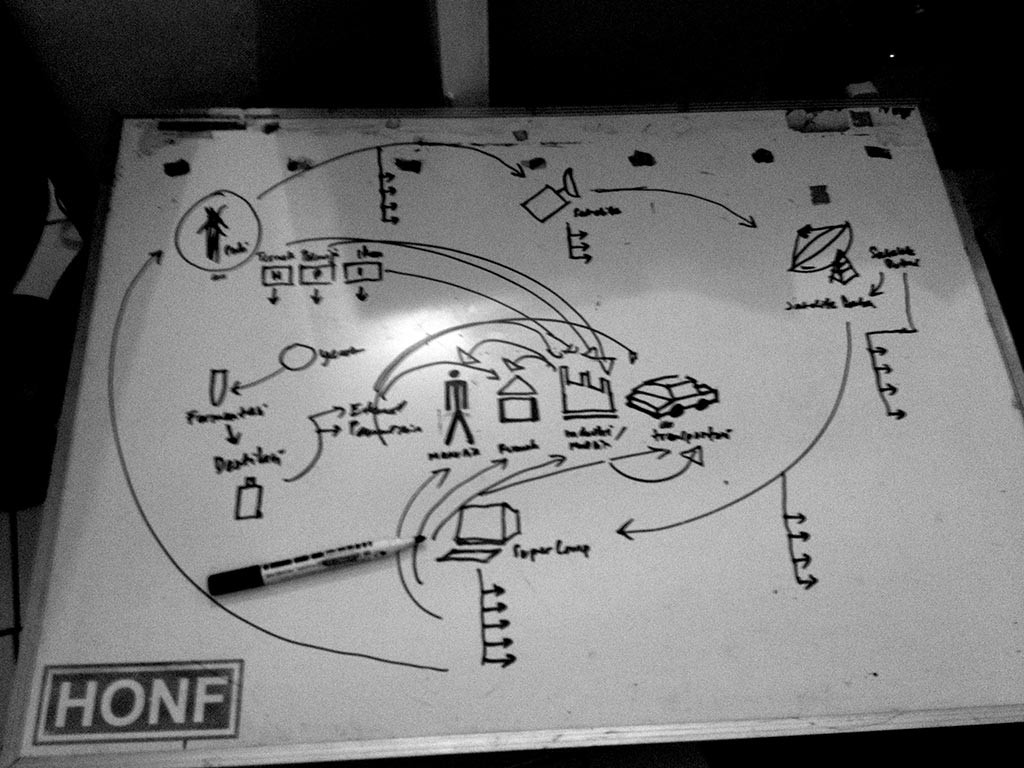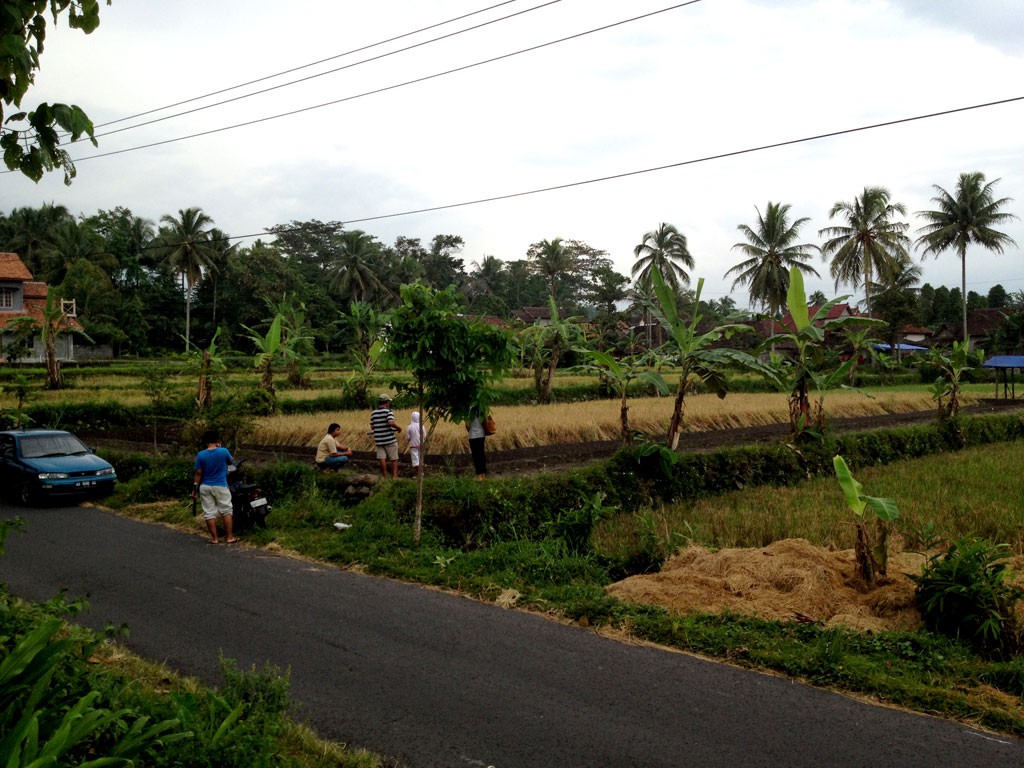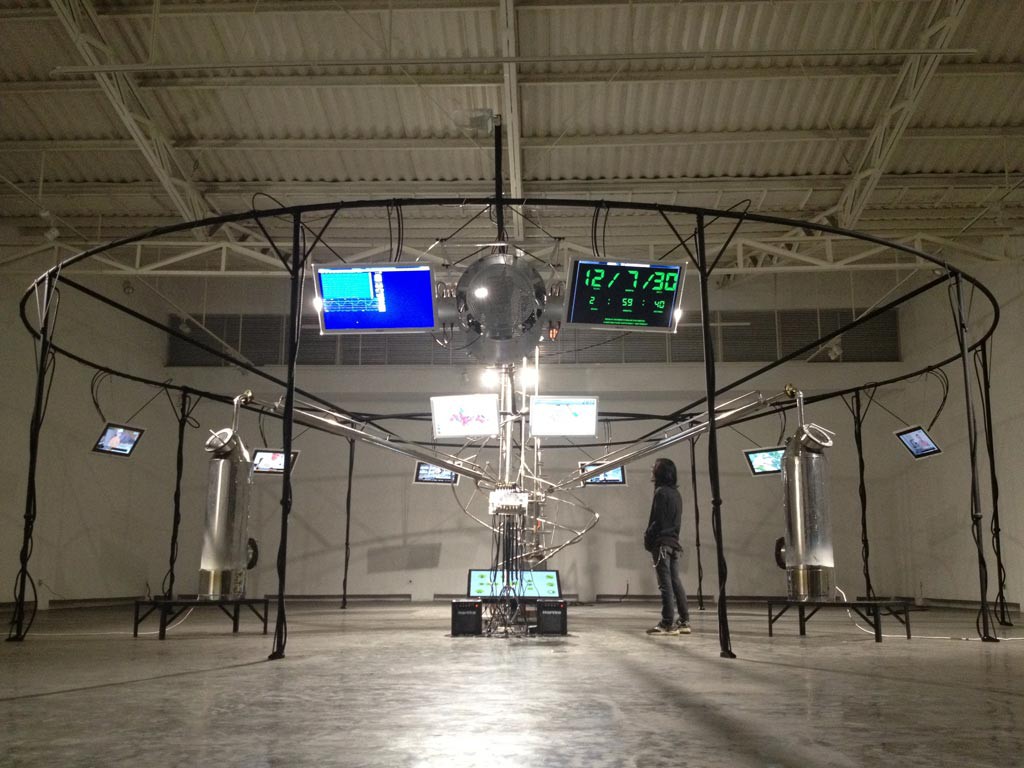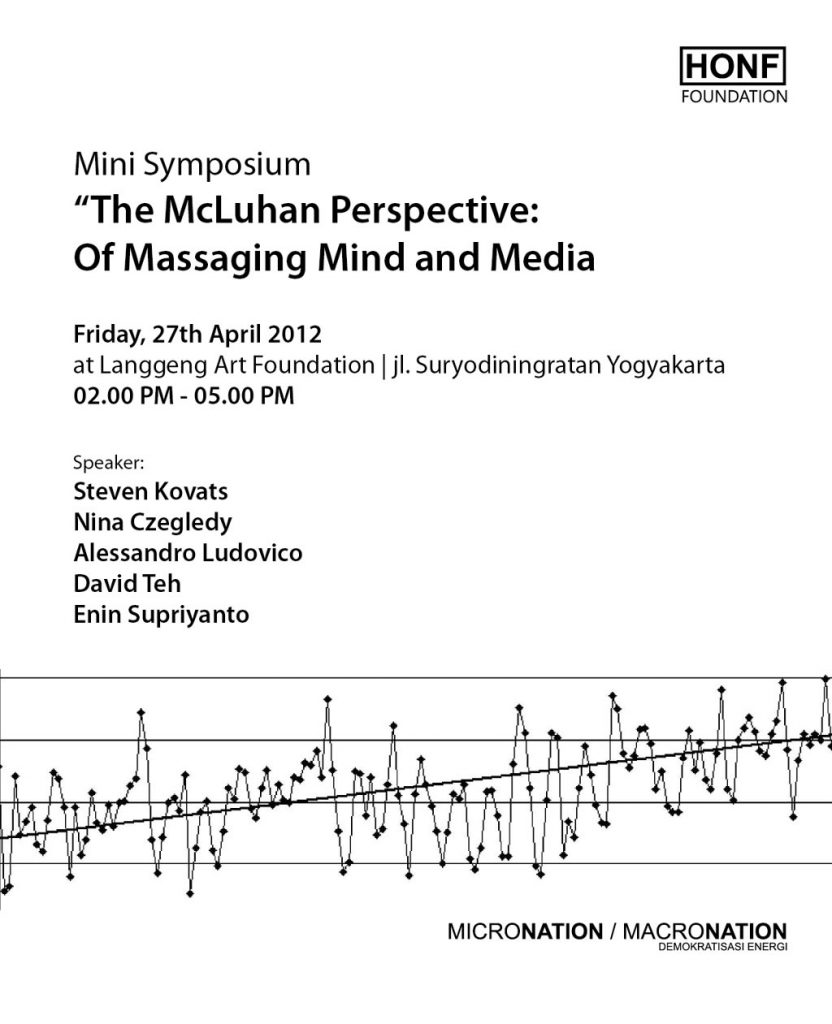Hacking
What is hacking? Where does this practice come from? What is its relationship to art in general, and to media art in particular? Let us give the concept a rough, historical profile.

What is hacking? Where does this practice come from? What is its relationship to art in general, and to media art in particular? Let us give the concept a rough, historical profile.

an extra note on aesthetics
Father Gregorius Budi Subanar, SJ
1) HONF (indeed) seems to be a distinct phenomenon of their own with their uniqueness. Their choice of the name HONF signifies their readiness and their intention to enter the global sphere. Furthermore, they work in the field of information and communication technology with all the modifications. House of Natural Fiber (HONF), a name which sounds so serious, can be imagined as a house, a place for people whose interests lie in tweaking optical fibers for digital technology modification. However, now the “natural fiber” also returns to its literal meaning as the fibers from the field of agriculture, hay and suchlike.

Curatorial:
During the end of March 2012, Indonesians from various backgrounds were voicing outrage against the Indonesian Government’s plan to cut subsidies on the type of fuel used by most of the population, which would directly result in fuel price hike. Hundreds of demonstrations and rallies took place in many Indonesian major cities.

“The Mc Luhan Perspective: Of Massaging Mind and Media”
McLuhan went on to describe the emotional rigor and physical participation television extracts of its audience calling TV a ‘cool medium’. In the era of the Vietnam war, “a hot shooting war” he notes that a “cool medium such as TV involves the audience so deeply they find the war unbearable. Show the same war on press photography etc. and people won’t feel so badly about it. On TV they feel really involved.”
Revisiting this exchange in the era of cultural convergence that social media and digital culture creates globally we may ask today which medium has gained the emotional and reactive foreground of our participation as an audience?